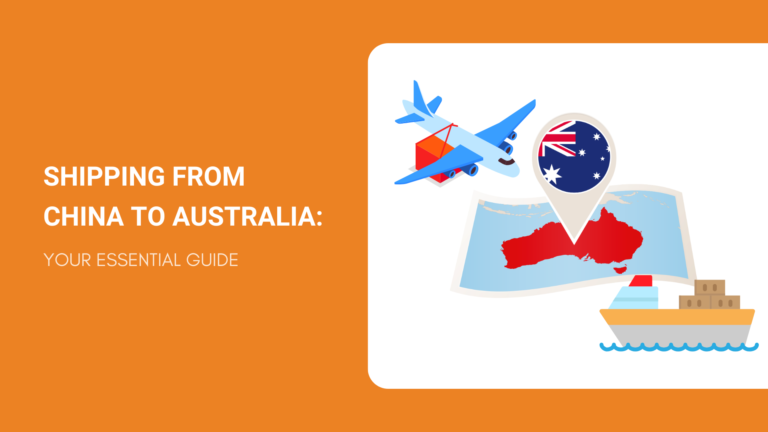Understanding the nuances of shipping from China to Australia is essential in today’s global economy, where supply chain efficiency can be a significant competitive advantage.
As China shifts towards a consumption-driven growth model, the range and complexity of goods exchanged are expanding.
However, navigating this shipping path presents both opportunities and challenges. The benefits include access to a wide range of goods and a growing market for sophisticated products and services.
On the other hand, businesses face challenges such as understanding the logistics landscape, managing costs, and ensuring compliance with customs regulations.
Enhancing your knowledge of these dynamics gives you the edge in leveraging this vital trade channel.
In this article, we’ll equip you with the right information—it’s an investment that pays dividends.
Understanding the Shipping Landscape between China and Australia

When engaging in trade between China and Australia, recognizing the integral connection and the importance of the shipping routes that link these two countries is essential.
These trade lanes not only reflect the strong economic relations but also hold a crucial role in global shipping dynamics.
Trade Relations between China and Australia
China and Australia share a significant economic partnership, making their trade relationship a cornerstone of the shipping industry.
Trade Relations are underpinned by China’s role as a leading manufacturing giant and Australia’s demand for a diverse range of products.
As one of Australia’s top trade partners, China supplies a substantial amount of goods that require efficient and reliable transport. This trade narrative is a driving force for businesses, ensuring a robust flow of commerce across the waters.
Significance of the Shipping Route
The shipping route from China to Australia is not just a pathway; it’s a vital artery in International Trade. It bridges the vast distance between the Asia-Pacific and Oceania, serving as a key conduit for Global Shipping.
The significance of this route extends beyond bilateral trade, impacting broader trade routes that are used by numerous countries to transport a wide array of commodities and manufactured goods.
Understanding the strategic importance of this route will aid your business in tapping into the dynamics of international commerce efficiently.
Shipping Methods from China to Australia
When choosing to ship your goods from China to Australia, you mainly have two options: air freight and maritime transport, each with its own benefits and challenges.
Air Freight
Air freight is ideal if you need your goods quickly. It is significantly faster than sea transport, usually taking only a few days to reach Australia.
However, this speed comes at a higher cost and is more suitable for smaller, lighter shipments. One of the key advantages is the high level of security and reduced risk of damage to your goods while in transit.

Pros:
- Speedy delivery
- High level of security
- Less handling, reducing the risk of damage
Cons:
- More expensive
- Weight and size restrictions
Maritime Transport
Conversely, maritime transport is a cost-effective solution for larger shipments. If you do not have time constraints, container shipping can be a very economical choice.
While slower, taking anywhere from 18 to 30 days, it allows for the shipment of bulky items and large quantities. Sea freight offers versatility with different container sizes and is suitable for a wide range of goods.
Pros:
- Cost-effective for large shipments
- Can accommodate large items
- Offers flexibility in container sizes
Cons:
- Slower transit time
- Possible delays due to customs or weather conditions
| Shipping Method | Pros | Cons |
| Air Freight | – Fastest delivery – High security – Less risk of damage | – Higher costs – Size & weight limitations |
| Maritime Transport | – Economical for bulk – Large item accommodation – Flexibility in sizes | – Slower delivery – Potential for delays |
Your choice between air and sea freight will depend on your specific needs, whether you prioritize speed and security with air freight or cost-efficiency and cargo volume with maritime transport.
Consider all these factors to select the best approach for your shipment.
Key Ports and Shipping Routes
When shipping goods from China to Australia, the efficiency of your supply chain relies heavily on selecting strategic ports and understanding the routes your cargo will travel.
Optimal logistics management and effective cargo handling at these ports can significantly enhance supply chain efficiency, ensuring a smoother transit for your goods.
Major Ports in China
China boasts some of the world’s busiest and most sophisticated ports, playing a vital role in international trade.
Shenzhen, including Nansha or Shekou, is a key gateway for shipping, offering modern facilities and a range of services to handle your cargo with care.
The port of Qingdao is another major player, providing access to a wide array of shipping lines and logistic services.
Moving northward, Ningbo is an excellent choice for exporters, well-known for its high-tech cargo handling capabilities.

Lastly, the port of Shanghai, one of the largest in the world, stands out for its comprehensive logistics management services, ensuring that shipping from China to Australia is an effective and streamlined process.
Australian Ports of Entry
Upon reaching Australian waters, your goods will likely enter through one of several key ports.
The port of Sydney is a major hub, offering state-of-the-art facilities and a commitment to supply chain efficiency.
In the south, Melbourne serves as another crucial point of entry, with robust infrastructure supporting both air and sea freight options.
Brisbane and Perth are also significant ports in the network, each providing distinct advantages in terms of connectivity and services.
These ports ensure that, regardless of where your cargo is headed in Australia, you’ll have a port capable of facilitating a smooth customs clearance and delivery process.
Cost Considerations When Shipping from China to Australia
Understanding the costs associated with shipping from China to Australia is essential for budgeting and determining the most cost-effective methods.
This section will outline the various factors influencing shipping costs, provide pricing estimates, and share tips to help you manage and potentially reduce these costs.
Factors Influencing Shipping Costs
1. Distance and Logistics
The journey from Chinese ports like Shanghai to Australian destinations like Sydney can impact costs. The greater the distance, the higher the expense is likely to be.
2. Cargo Size and Weight
Heavier and larger shipments usually cost more. Air freight typically has stricter limitations and higher rates for heavy items than ocean shipping.
Type of Shipping Service
Options like Full Container Load (FCL) and Less than Container Load (LCL) can affect costs. FCL is ideal for larger volumes, providing more security and sometimes being more economical than LCL.
Seasonality
Peak seasons can drive up prices due to increased demand for shipping services.
Type of Goods
Fragile, hazardous, or perishable items may require special handling, adding to the cost.
Customs Duties and Taxes
These vary based on the commodity and its value and must be considered as part of the overall shipping expense.
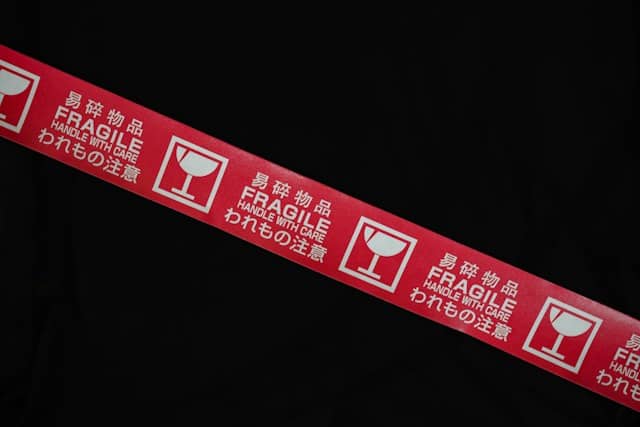
Pricing Estimates
FCL Container Freight Rates from China to Australia
| From | To | 20’ Container (in USD) | 40’ Container (in USD) |
| Shanghai | Sydney / Melbourne / Brisbane | 250 | 500 |
| Shenzhen | Sydney / Melbourne / Brisbane | 1325 | 2600 |
| Ningbo | Sydney / Melbourne / Brisbane | 350 | 580 |
LCL Consolidation Sea Freight Rates from China to Australia
| From | To | USD per CBM |
| Shanghai | Sydney / Melbourne / Brisbane | ~10 |
| Shenzhen | Sydney / Melbourne / Brisbane | 5-10 |
| Ningbo | Sydney / Melbourne / Brisbane | ~10 |
Air Freight Rates from China to Australia
| From | To | Price per kg (in USD) |
| Shanghai | Sydney / Melbourne | 3.0-3.2 |
| Guangzhou | Sydney / Melbourne | 5.2-5.6 |
Tips for Cost-Efficient Shipping
- Compare Shipping Methods. Evaluate the benefits of sea and air freight, considering both cost and delivery time.
- Plan Ahead. Avoid peak seasons and book in advance when possible to secure better rates.
- Optimize Packaging. Streamline packaging to save weight and space, thus reducing costs.
- Consolidate Shipments. Combining smaller shipments into one larger one can lower the per-unit shipping cost.
- Work with a Logistics Expert. A freight forwarder can help you navigate the complexities of shipping, often securing lower rates through their volume of business.
Transit Times and Scheduling
When planning to ship your goods from China to Australia, understanding the transit times and scheduling is crucial for maintaining supply chain efficiency and ensuring your cargo arrives when expected.
Estimated Transit Times
Maritime transport is a popular choice due to its cost-effectiveness.
Sea freight times for Full Container Load (FCL) typically range from 18 to 36 days. If your shipment does not require a full container, then Less than Container Load (LCL) might be a better option, although it usually has similar sea transit times as FCL.
Air cargo is considerably faster, with transit times between 1 to 5 days.
Factors Affecting Shipping Schedules
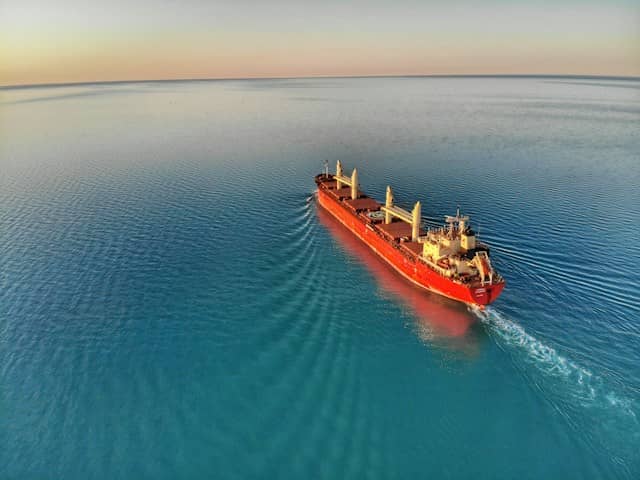
The efficiency of your shipping schedule also hinges on certain variables.
Peak seasons, such as the lead-up to the Chinese New Year or major shopping holidays, can cause longer transit times and higher rates. Booking during off-peak periods can ensure faster and often cheaper shipping.
The type of goods and their specific handling requirements, the selected ports, and even the point in the month you decide to book your shipment – all influence your schedule.
For maritime transport, remember that FCL typically moves quicker than LCL due to less handling time.
Customs Clearance Process in Australia
When shipping from China to Australia, understanding the customs clearance process is essential. This ensures that your goods enter Australia without delays or additional costs.
Australian Customs Procedures
Once your shipment arrives in Australia, it undergoes a customs clearance process.
Firstly, your goods must be declared to the Australian Border Force (ABF) using an Import Declaration. This is a vital document detailing the importer’s information, how the goods are transported, their tariff classification, and customs value.
Secondly, your freight forwarder can submit your declaration electronically through the Integrated Cargo System (ICS), or you may complete and lodge a B650 form if preferred.
It is crucial to ensure that all data entered is accurate to prevent any hold-ups in the process.
Subsequently, duties and taxes assessed by the ABF must be paid. The rate depends on the classification of the goods, which their HS Code determines. Certain goods may also require an import permit.
Finally, once all duties and taxes are settled and necessary permits are in place, the ABF releases your goods.
It’s advisable to work with a seasoned freight forwarder or a customs broker familiar with Australian import/export regulations to navigate complexities and mitigate the risk of delays.
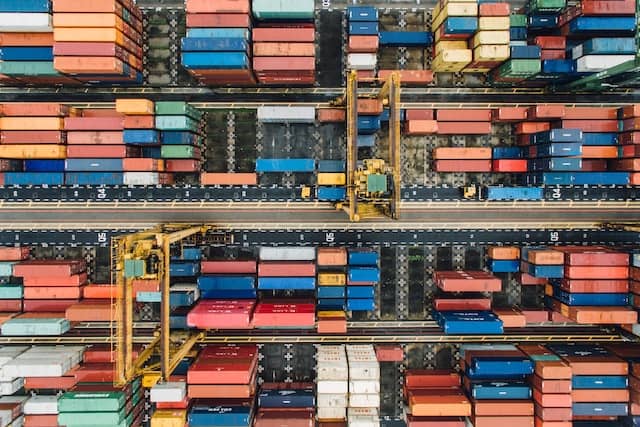
List of Requirements
Before shipment arrival, ensure you have the following:
- Commercial Invoice: A document stating the purchase transaction and payment between the seller and buyer.
- Packing List: Outlines the contents of your consignment making it easier for customs officers to understand what you are importing.
- Bill of Lading (BoL): Serves as a receipt of freight services, a contract between a freight carrier and shipper, and a document of title.
- Certificate of Origin: A signed declaration from the manufacturer of the goods’ country of origin.
- Customs Value Declaration: A document used to calculate duties and taxes, it gives the Customs authorities information about the nature of the goods, as well as their value.
- Proof of Insurance: To protect against loss or damage during transport.
- Import Declaration (B650): It’s necessary for goods valued at AUD1000 or above.
For specialized goods such as hazardous materials, you may need additional permits. Insuring your shipment is always recommended, as it is your only safeguard against transit losses.
How to Choose the Right Freight Forwarder
When you’re shipping from China to Australia, selecting a capable freight forwarder is crucial for a smooth logistics management experience. Here’s how you start:
1. Identify Your Needs.
Understand the type of goods you’re shipping and determine if you require special services, such as refrigeration for perishable items. Consider both the size of your shipment and the speed at which you need your goods to be delivered.
2. Experience Matters.
Seek out a forwarder with significant experience and expertise in the Australia-China trade lane. Knowledge of local regulations and a strong network can mitigate risks and delays.
| Factor | Why It’s Important |
| Reliability | Ensures timelines are met |
| Network | Access to local insights and support |
| Compliance | Adherence to shipping regulations |
3. Cost and Speed
Balance costs with speed. While air freight is faster, it’s often more expensive than sea shipping. Understand the trade-off and decide what aligns best with your business objectives.
4. Customer Service
Your forwarder should be responsive and communicative. They must provide timely updates and are available to resolve issues.
5. Assess Reviews.
Check for customer feedback and testimonials. Positive reviews can be a good indicator of reliability and quality of service.
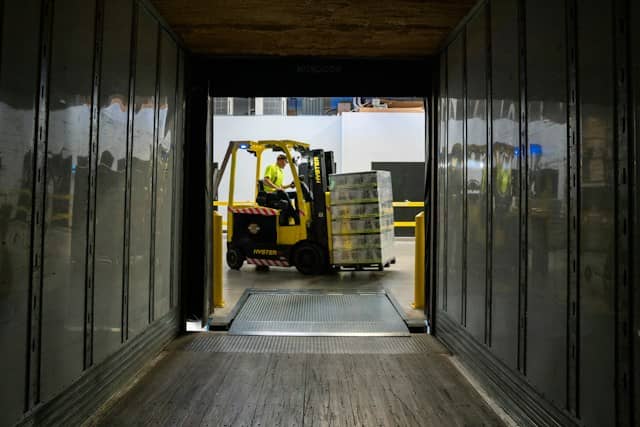
FAQs about Shipping from China to Australia
When importing goods from China to Australia, you will encounter various considerations regarding taxes, container limitations, cost reduction, key imports, and prohibited items. This section aims to address some of the essential queries you might have.
Is There Import Tax from China to Australia?
Yes, there is an import tax when shipping from China to Australia.
However, thanks to the Free Trade Agreement between the two countries, certain goods may be eligible for reduced or eliminated tariffs.
Being aware of these stipulations can significantly affect the overall cost of shipping.
What Are the Size and Weight Limitations for Shipping Containers from China to Australia?
The size and weight limitations for shipping containers from China to Australia are standard across the industry.
Typically, containers come in 20-foot and 40-foot sizes, with weight limits usually around 21-24 metric tons.
It’s important to comply with these limits to ensure the safety and legality of your shipment.
How Can I Reduce Shipping Costs from China to Australia?
To reduce shipping costs from China to Australia, consider optimizing your packaging to maximize space, selecting the appropriate shipping method according to your timeline and budget, and consolidating shipments whenever possible.
Staying informed about the most economical shipping options is also beneficial.
What Are Australia’s Top 5 Imports from China?
Australia’s top imports from China include electronics, machinery, furniture, toys, and textiles. Understanding the demand for these items can provide insights into market trends and help make informed decisions when importing from China.
What Are the Prohibited Items to Ship to Australia?
Certain items are prohibited from being shipped to Australia, such as firearms, illegal drugs, and protected wildlife.
Additionally, items like fresh food and certain plant materials are strictly regulated. Before shipping, ensure your goods do not fall under these categories to prevent custom issues and potential fines.
Wrapping Up: Your Blueprint for Shipping from China to Australia
Embarking on international trade by shipping goods from China to Australia requires careful planning and understanding. To ensure your business thrives, follow this straightforward blueprint to navigate the shipping process efficiently.
- Research Regulations: Familiarize yourself with the Australian government’s strict regulations on imports to avoid costly delays and possible fines.
- Assess Shipping Options: Choose between air freight, sea freight, or express shipping based on your budget and timelines. Consider the cost-to-speed ratio to make an informed decision.
- Partner with Reliable Suppliers: Establish connections with trustworthy suppliers in China to guarantee quality and consistent delivery to your Australian customer base.
- Get a Quick Quote: Stay on top of your finances by obtaining a quick quote for your shipping needs.
- Prepare Your Documentation: Ensure all your paperwork is complete and accurate, including customs declarations, bills of lading, and other necessary documents.
Utilize these insights to optimize your shipments from China to Australia, taking advantage of the strong trade relations between the two countries.
If you aim to source quality products from China and seamlessly ship them to Australia, take action now.
Request a free sourcing quote to ensure competitive prices and professional handling of your international shipping needs. Your enterprise warrants nothing less than the smoothest logistics, so let’s make that a reality.
